The newest buzzword in the financial industry is decentralised finance, or DeFi. With the development of blockchain technology, DeFi has completely disrupted the conventional financial sector. What is DeFi, exactly, and why should we care? Fear not, however, as we are here to explain it to you in this enlightening but lighthearted piece on the technical side of DeFi.
A new financial system based on blockchain technology is referred to as DeFi. It aspires to offer a decentralised, open, and open alternative to conventional financial systems. DeFi, to put it simply, enables anyone with an internet connection to access financial services directly, without the need for middlemen like banks or other financial organisations. However, anyone wishing to take part in this nascent market must have a solid understanding of the technical aspects of DeFi.
DeFi has had amazing growth in the USA, as more and more institutions and investors enter the market. The overall value locked in DeFi protocols in the USA has increased significantly, and there is much room for expansion going forward. So whether you’re an experienced investor or a curious newbie, keep reading to learn more about DeFi’s technical aspects and how they may affect the direction of finance in the future.
Decentralised applications (DApps) and smart contracts
Decentralised applications (DApps) and smart contracts are the driving forces behind the DeFi revolution. Self-executing contracts known as “smart contracts” are written in blockchain code and intended to automate the terms of an agreement. Applications known as DApps that operate on a blockchain enable trustless, decentralised transactions. They work as a unit to support the DeFi ecosystem, allowing for frictionless transactions without the need for middlemen.
DeFi transactions are made possible via smart contracts, which automate the execution of financial contracts. They do away with the need for middlemen, lower transaction costs, and boost security and transparency. In contrast, DApps offer a simple user interface for working with DeFi protocols. The DeFi space features some well-known DApps like Uniswap, Aave, and Compound. These DApps give users access to a variety of features, including the ability to trade cryptocurrencies, borrow and lend digital assets, and earn interest on their holdings. We can anticipate the emergence of more creative DApps and smart contract solutions as the DeFi ecosystem expands in the USA.
Technology behind blockchain
Blockchain technology, which enables trustless, decentralised transactions, is the foundation of the DeFi revolution. Building decentralised financial systems on top of blockchain is desirable because of its transparency and immutability. DeFi extensively utilises blockchain technology to offer safe and transparent financial transactions free of middlemen.
DeFi uses a variety of blockchains, including private blockchains, permissioned blockchains, and public blockchains like Ethereum and Bitcoin. Each has benefits and drawbacks, with public blockchains enjoying the most popularity because of their openness and decentralisation.
The use of blockchain in DeFi has advantages for enhanced efficiency, security, and transparency. The potential for network congestion, expensive costs, and scalability problems are cons, though. Despite these issues, the application of blockchain in DeFi has been a game-changer, and as the technology develops in the USA, more cutting-edge applications should come to light.
Symbolic Interchange of Digital Assets
The act of turning physical assets into digital tokens that can be traded on a blockchain is referred to as tokenization. Decentralised, trustless trading of digital assets is made possible through tokenization, which is a crucial element of DeFi.
In DeFi, tokenization is used to produce a variety of digital assets, such as security tokens that reflect ownership in real-world assets and stablecoins that are linked to the value of real-world assets. On decentralised exchanges, these tokens can be traded and used as security for loans and other kinds of financial transactions.
Ether, the native token of the Ethereum blockchain, which is used to carry out smart contracts and pay for transactions, and Wrapped Bitcoin, a tokenized variation of Bitcoin that can be used on the Ethereum blockchain, are two examples of well-known digital assets in DeFi.
Tokenization has fundamentally changed how we think about asset ownership and trade, and as the DeFi ecosystem expands in the USA, we can anticipate seeing even more cutting-edge tokenization uses in the future.
The Automated Market Makers (AMMs) and liquidity pools
The DeFi ecosystem is dependent on liquidity pools and Automated Market Makers (AMMs), which enable decentralised trading without the use of conventional market makers. In order to support trades on a decentralised exchange, liquidity pools are collections of digital assets that are secured by smart contracts. AMMs, on the other hand, are algorithms that use supply and demand to calculate the price of assets in a liquidity pool.
Liquidity pools and AMMs collaborate in DeFi to offer a seamless trading experience without the use of middlemen. Other traders can switch between various digital assets in the pool while traders that supply liquidity to the pool can earn fees based on the number of trades.
Uniswap, which is well-known for its user-friendly interface and simple exchanging mechanism, and Curve, which is made exclusively for stablecoin trading, are two of the more well-known AMMs in the DeFi arena. We can anticipate the emergence of even more cutting-edge liquidity pool and AMM solutions as the DeFi ecosystem expands in the US.
Risks and Security in DeFi
DeFi has a lot of advantages, but it also carries some inherent dangers like liquidity issues, price volatility, and smart contract weaknesses. When investing in DeFi, investors should be aware of these dangers and take the necessary safety measures.
Investors should take precautions like doing extensive research on the projects they invest in, diversifying their portfolio, and utilising recognised platforms and wallets to reduce risks in DeFi. Investors should also take precautions to safeguard their personal data and digital assets and be mindful of potential frauds and phishing attempts.
We may anticipate more focus on security and risk reduction as the DeFi ecosystem expands in the USA. The security of DeFi investments will keep getting better thanks to developments in blockchain technology and security protocols like multi-signature wallets and decentralised identity solutions. Investors should, however, exercise caution and keep themselves up to date on any potential risks in the constantly changing DeFi market.
American regulations and compliance
DeFi regulation in the USA is currently changing as regulators attempt to strike a balance between the advantages of innovation and the necessity to safeguard investors and maintain market stability. While DeFi is mostly unregulated at the federal level, some states have started to enact laws to safeguard customers and stop fraud.
Since non-compliant projects run the risk of facing legal action and reputational harm, compliance is a crucial factor in DeFi development in the USA. We may anticipate more focus on compliance and regulation as the DeFi ecosystem develops.
Increased control by federal regulators, the adoption of legislation tailored to the DeFi industry, and increased cooperation between regulators and industry participants are all possible changes to DeFi regulation in the USA. Any legislation must, however, be carefully constructed to prevent limiting innovation and undermining the advantages that DeFi can have for the financial system.
Conclusion
Anyone wishing to participate in this fast changing market in the USA must have a solid understanding of the technical side of DeFi. DeFi has already advanced significantly in terms of adoption and innovation, with the potential to revolutionise the financial sector and empower people.
DeFi has the ability to lower entry barriers and democratise access to financial tools by offering decentralised access to financial services. The risks that come along with the advantages must be understood by investors in order for them to take the necessary safeguards.
We can anticipate even more major effects on the US financial sector as DeFi develops and grows. The advantages of DeFi are significant, ranging from improved efficiency and transparency to the potential for a more egalitarian financial system.
It’s imperative to follow industry developments and stay up to date on the most recent technological advancements and legislative changes if one is to fully take advantage of the prospects that DeFi offers. By doing this, people and organisations in the USA can put themselves in a position to profit from DeFi’s great possibilities.
Read More You May Like:
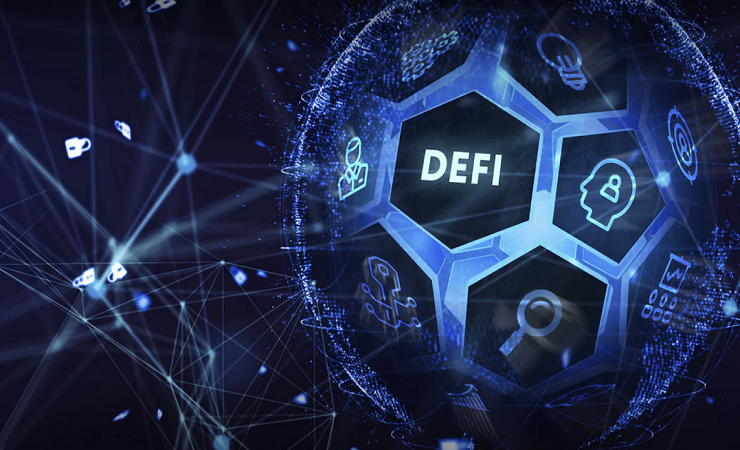
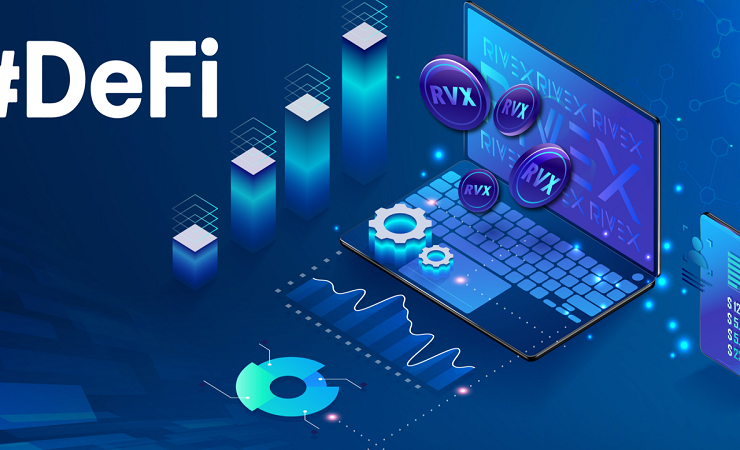


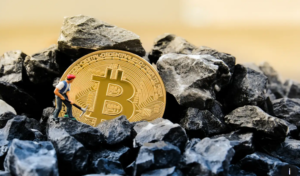
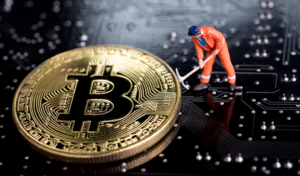

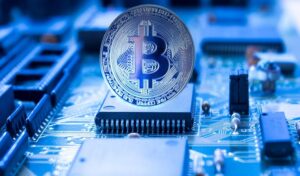
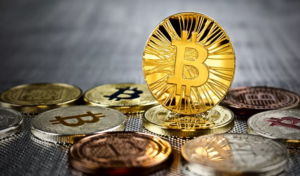
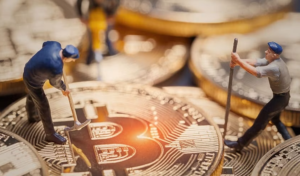
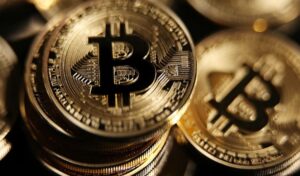

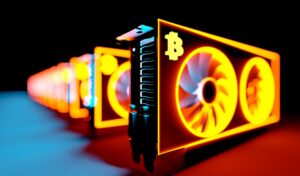
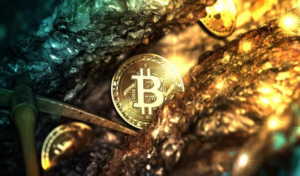
Post Comment